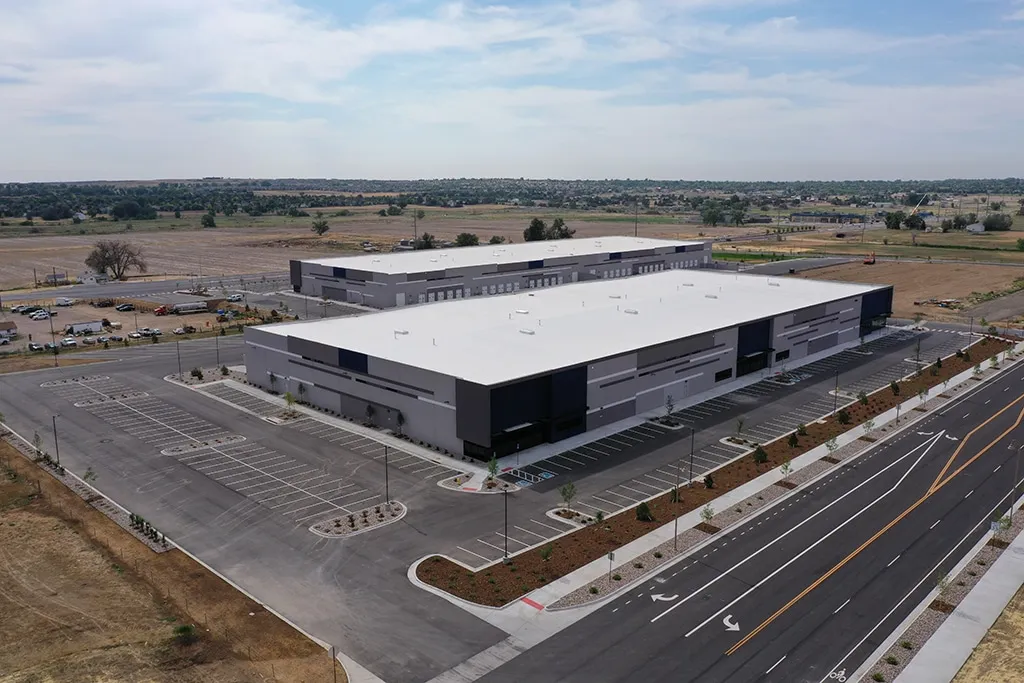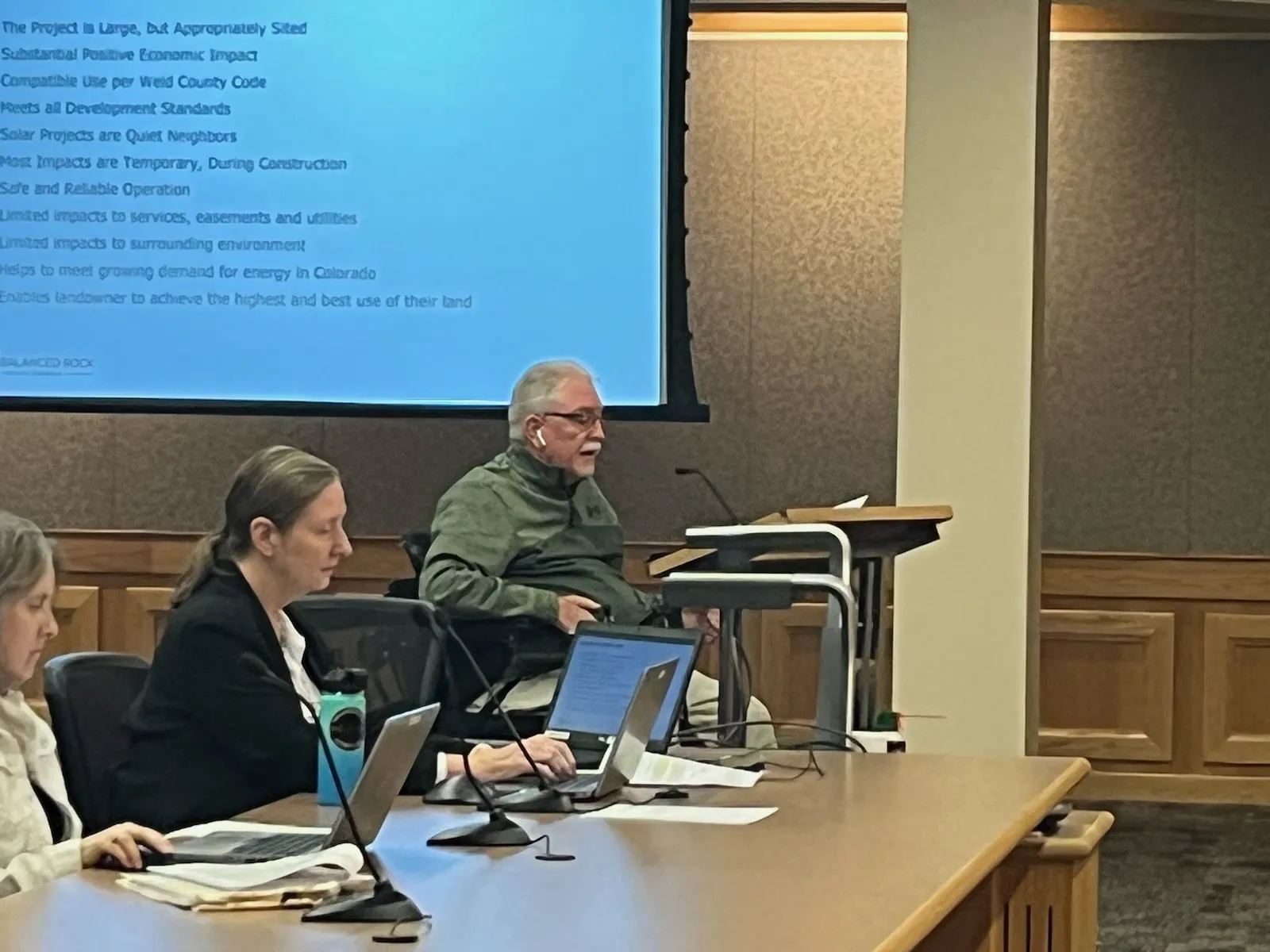Piloting robot from space giant leap for exploration

BOULDER — An astronaut orbiting Earth in the International Space Station has remotely directed a NASA rover in California to unfurl an “antenna film” that scientists at the University of Colorado-Boulder are developing for use on the unexplored far side of the moon.
When astronaut Chris Cassidy used a computer aboard the space station to pilot the robot across a mock lunar surface at NASA’s Ames Research Center in June, he demonstrated for the first time that an astronaut in an orbiting spacecraft could control a robot in real time on a planetary surface. The technique could have future applications for…
THIS ARTICLE IS FOR SUBSCRIBERS ONLY
Continue reading for less than $3 per week!
Get a month of award-winning local business news, trends and insights
Access award-winning content today!




